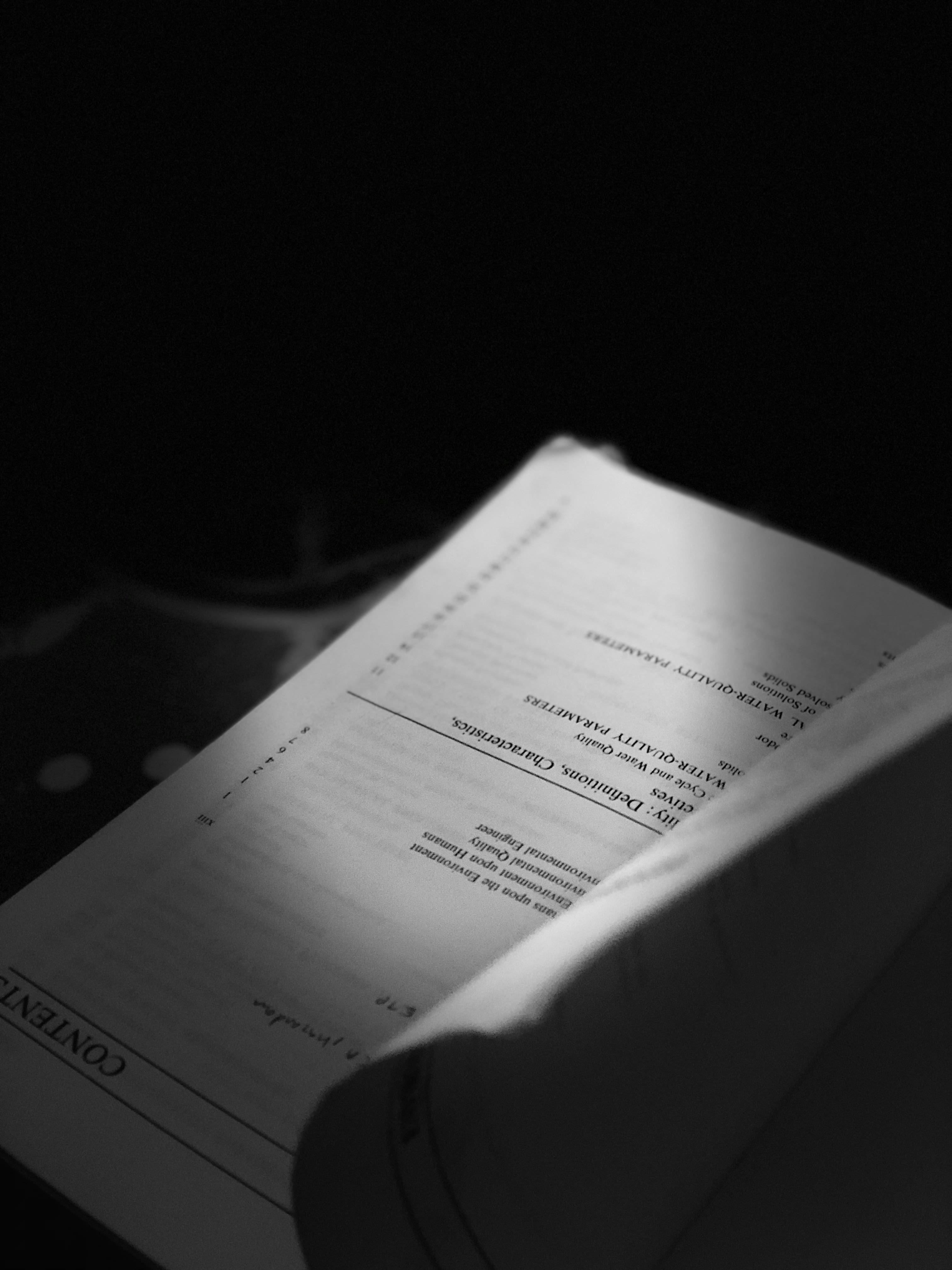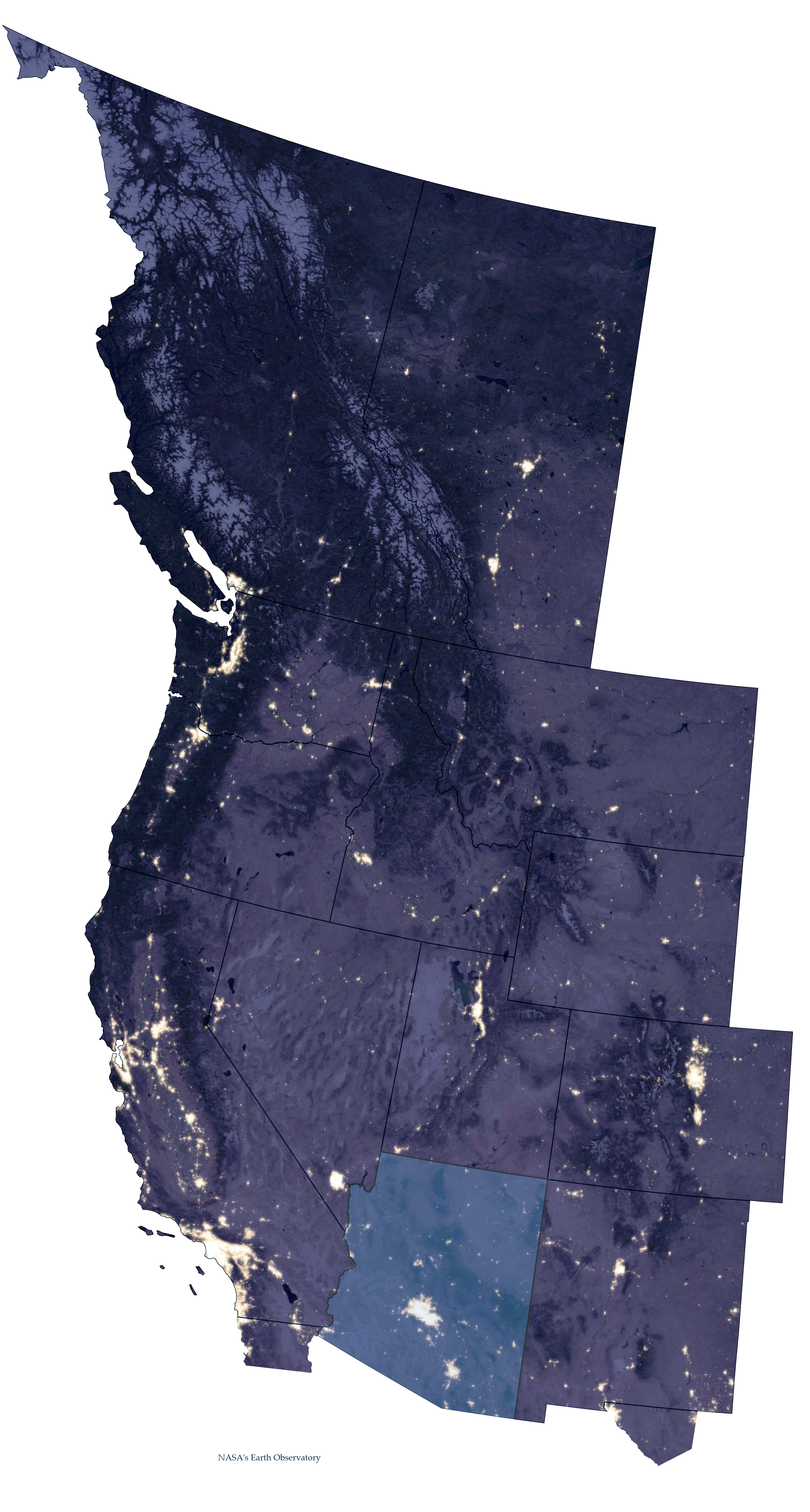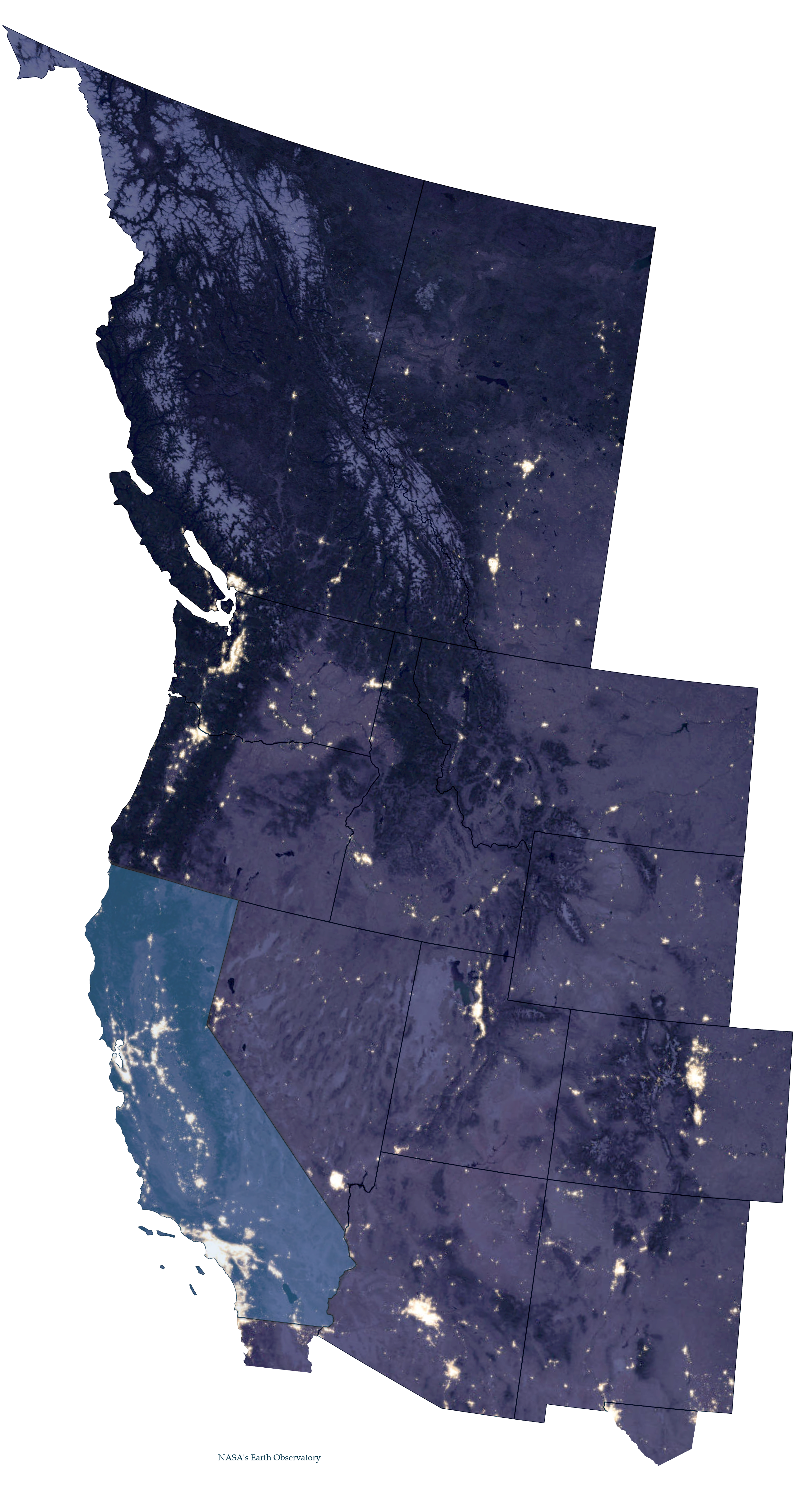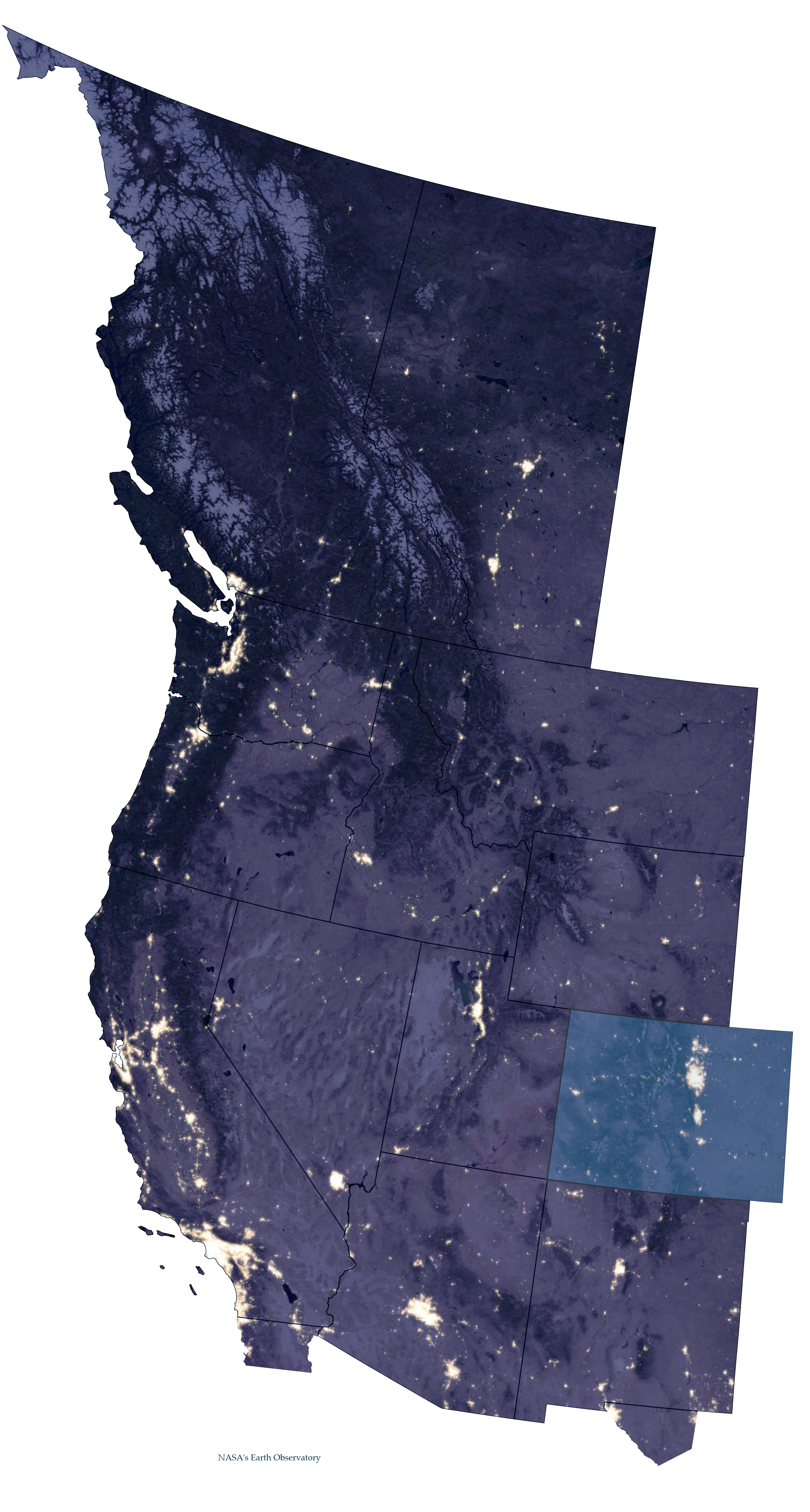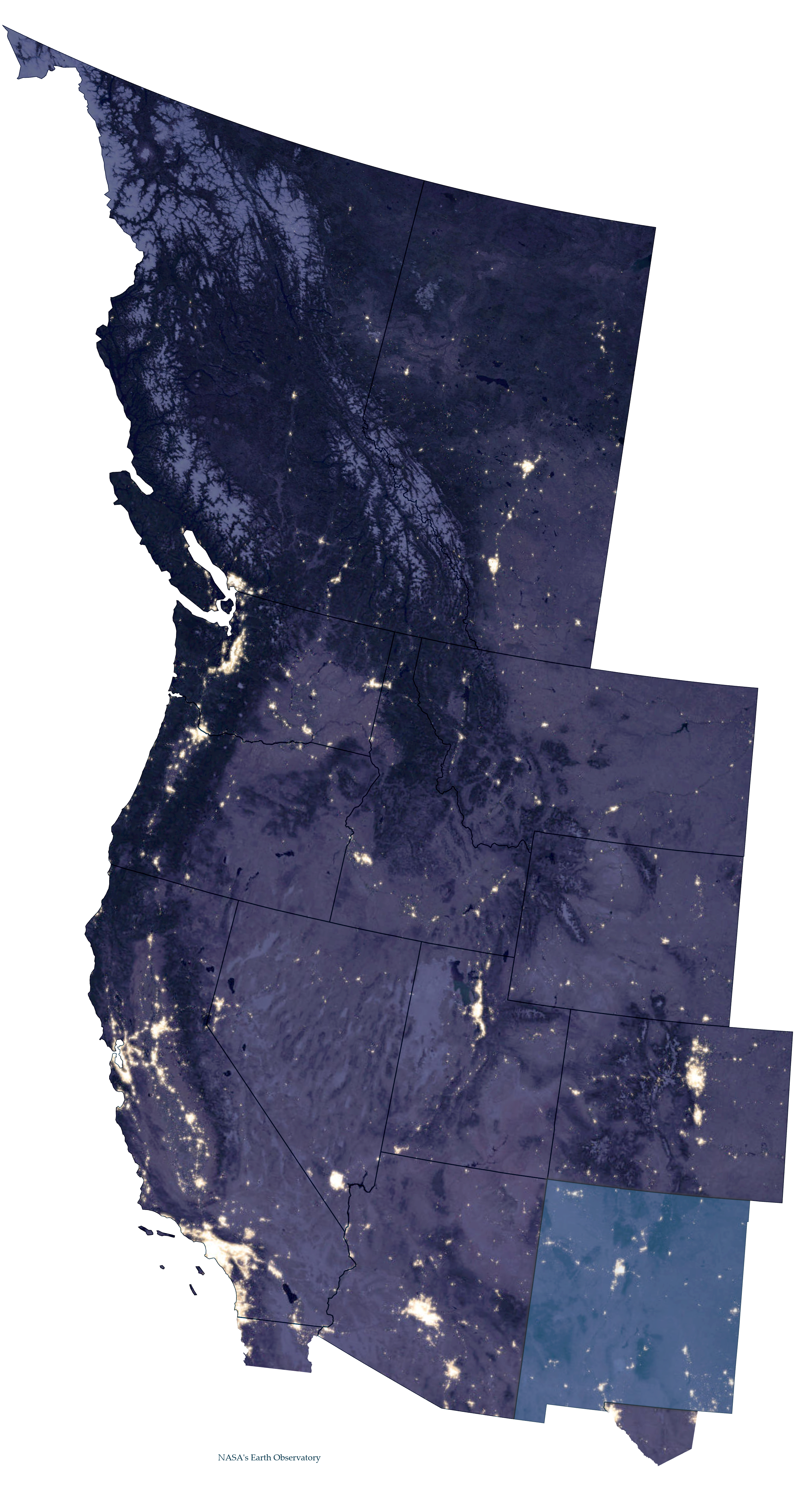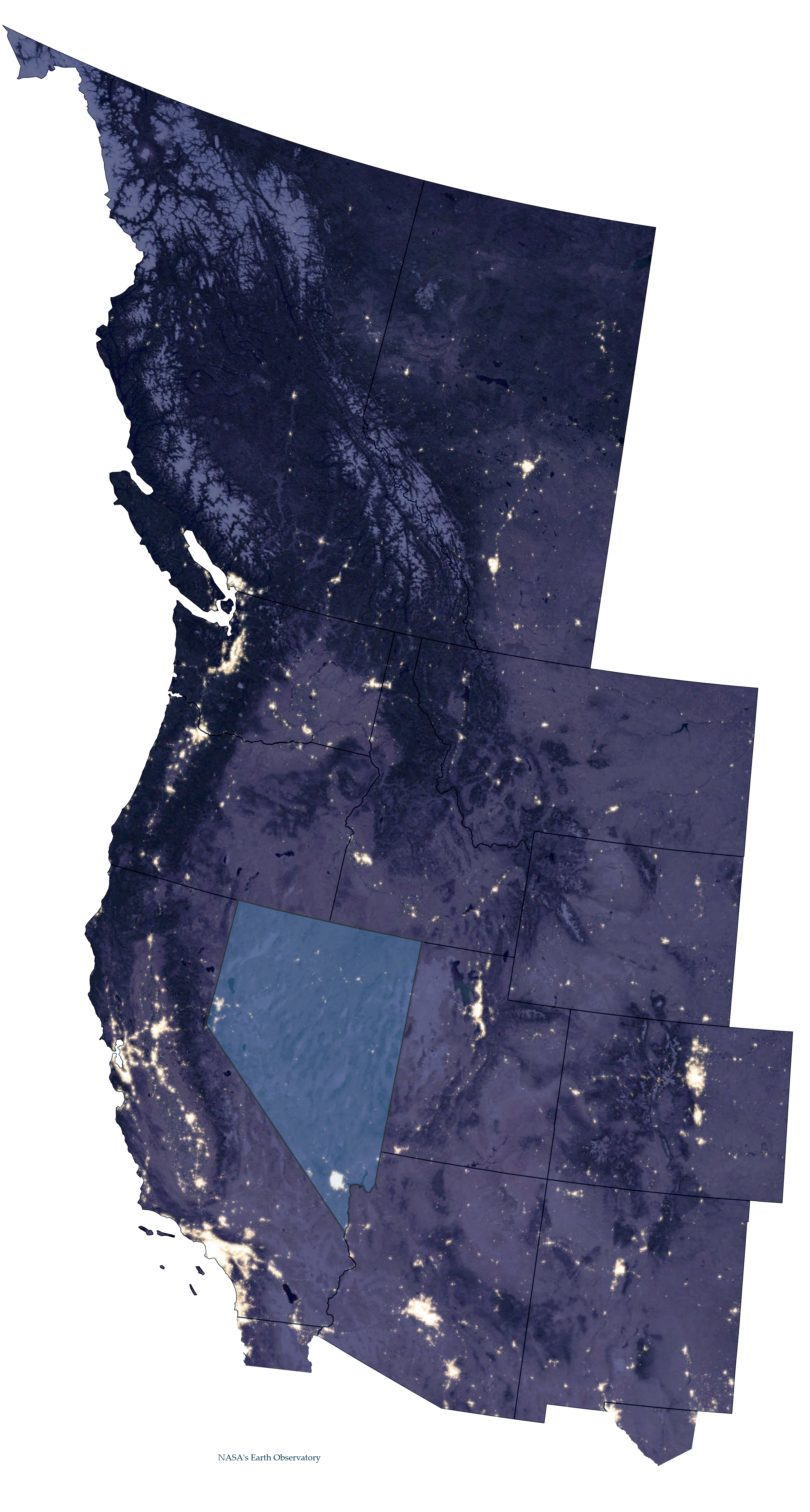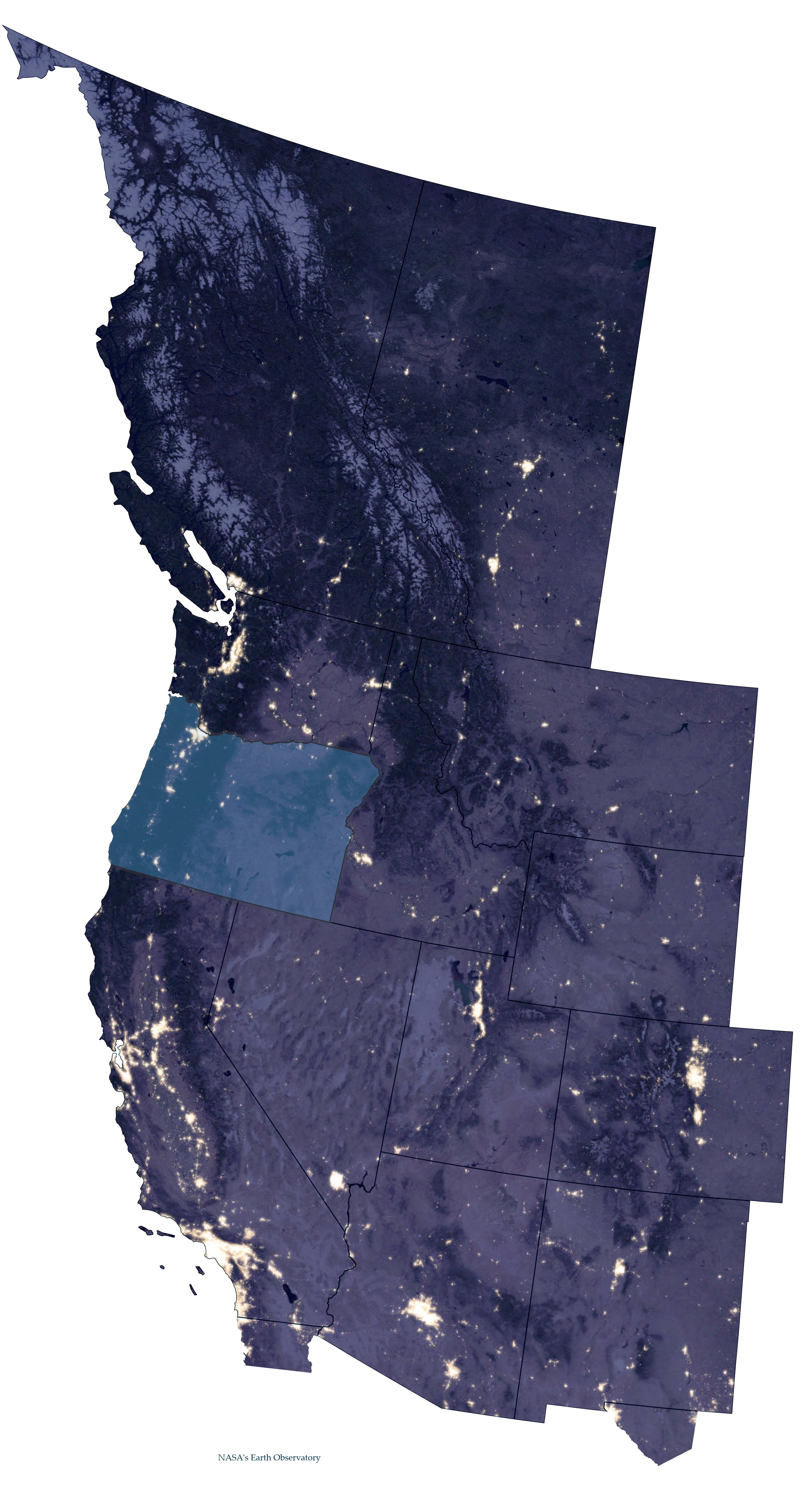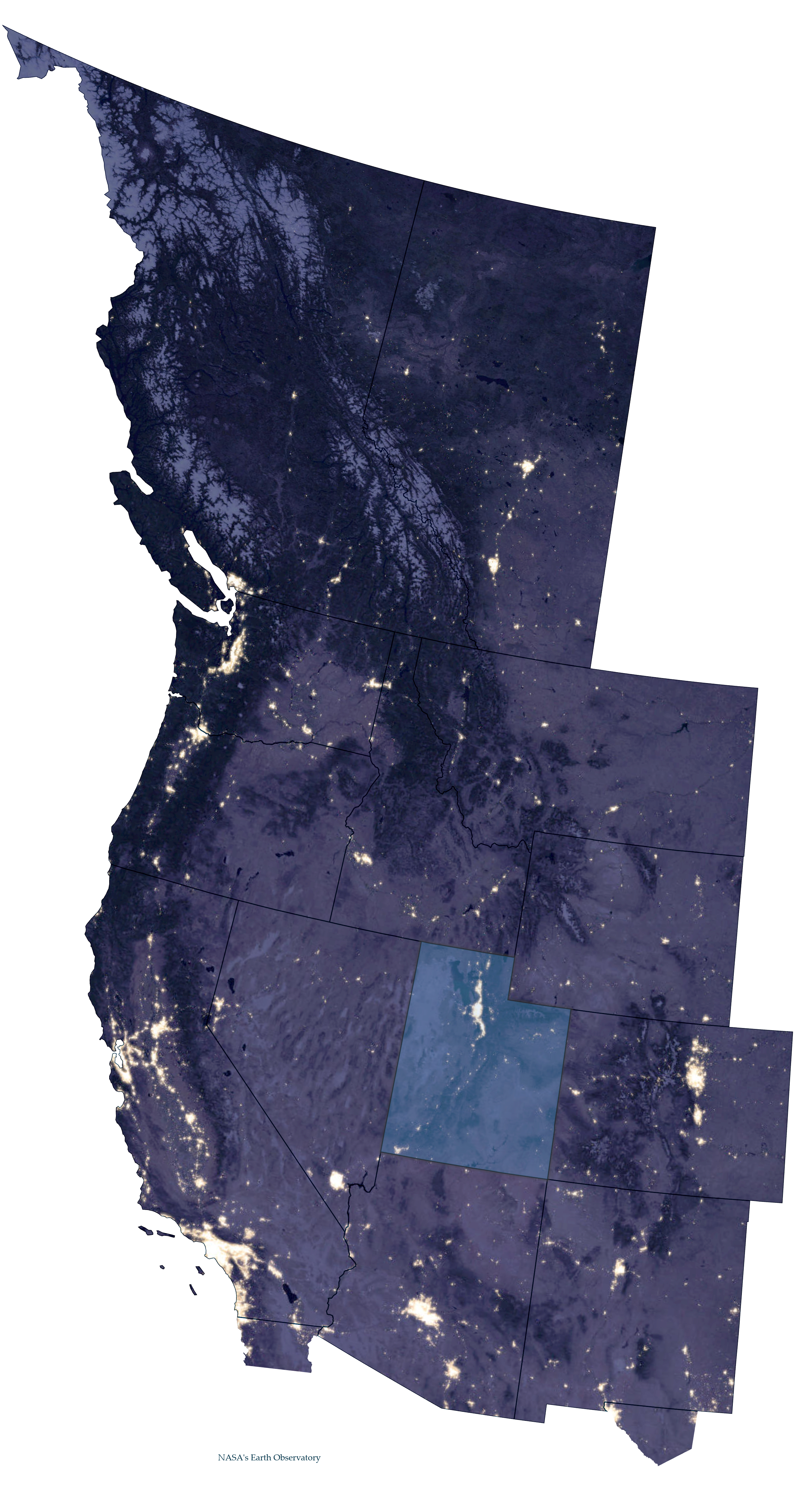Energy Policy


NERC: Energy policy emerges as a risk to reliability
NERC’s 2023 ERO Reliability Risk Priorities Report identified energy policy as a reliability risk factor—the first time policy has been listed in the annual report. The report notes that energy policy can drive changes in the planning and operation of the bulk power system and can create an environment that introduces risks to reliability and resilience. Collaboration and partnerships at the state, federal, provincial, and private sector levels are needed to mitigate the risks and ensure reliability, according to the report.
Inflation Reduction Act prompts dozens of energy projects throughout the West
The Inflation Reduction Act (IRA) is expected to provide nearly $370 billion through tax credits, incentives, and other financing aimed at accelerating investment in renewables, hydrogen, and fleet electrification, and the adoption of emerging technologies such as carbon capture and storage. A White House estimate indicates the IRA and bipartisan legislation on infrastructure enacted earlier in the Biden administration have been linked to about $240 billion in new spending on clean energy technology and electric vehicles. A report released in August 2023 found that 210 major projects with an IRA connection had been announced in the year since the IRA was enacted. A number of those projects are in the Western Interconnection, including eight in Arizona, eight in California, seven in Colorado, six in Nevada, three in New Mexico, one in Oregon, and one in Utah.

Inflation Reduction Act Projects
LG Energy Solution announced plans for a $5.5 billion battery manufacturing plant in Arizona.
StoreDot, which specializes in extreme fast-charging battery technology for electric vehicles, announced plans to open its first U.S. research facility in California.
Xcel Energy announced plans to install a 10 MW/1,000 MWh, iron-air battery on the site of a retired coal plant in Colorado.
Maxeon Solar Technologies announced plans in August to build a $1 billion, 3-GW solar panel factory in New Mexico.
Chevron announced plans to develop a geothermal project in Weepah Hills, Nevada.
SolRiver Capital announced plans to build a 4-MW solar facility in Oregon.
Revkor announced plans to build a solar cell and module factory in Salt Lake City with a targeted capacity of 20 GW by 2026.
Two Western states have RTO requirements
In recent years, legislators in two states—Colorado and Nevada—have enacted laws requiring the investor-owned utilities operating in the state to join a regional transmission organization (RTO).
Colorado's law requires all of the state's transmission utilities to join an organized wholesale market by 2030. The bill also called for the creation of the independent Colorado electric transmission authority to operate transmission and storage facilities and develop transmission corridors as needed to help the state's utilities participate in these regional markets.
Nevada's law was part of a clean energy bill intended to help the state achieve its goal of reaching 100% carbon-free resources by 2050. The law requires the state's utilities to develop a path to achieving an 80% reduction in carbon emissions from 2005 levels by the end of the decade. The law created a task force to examine the steps the state's utilities must take to participate in an RTO and requires all transmission-providing utilities to join an RTO by 2030.
